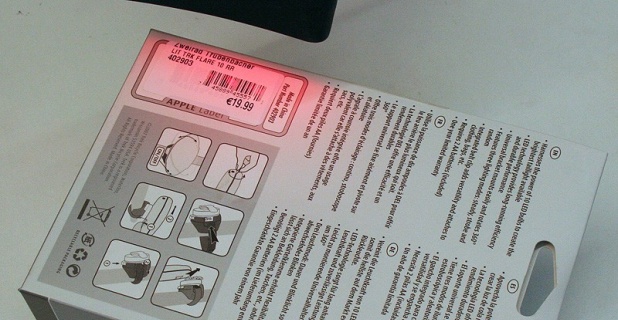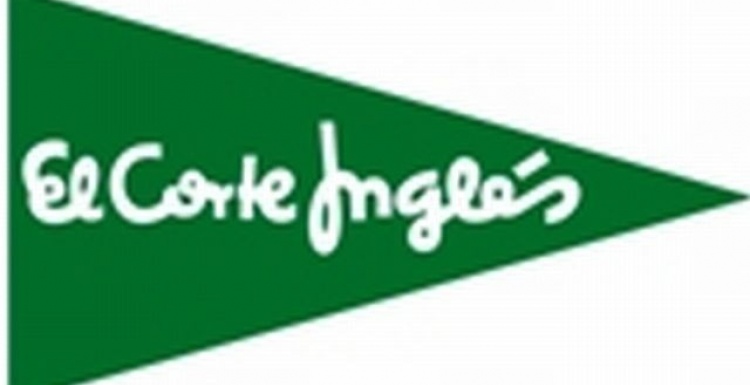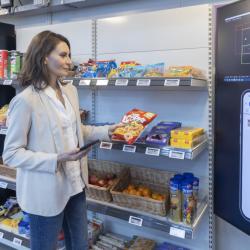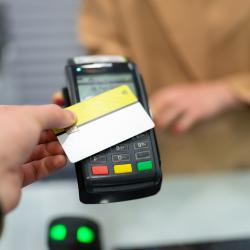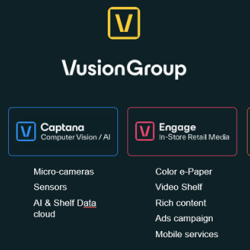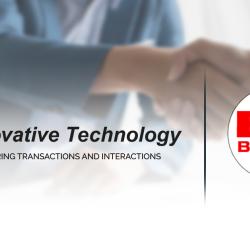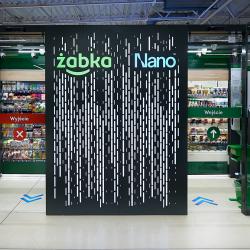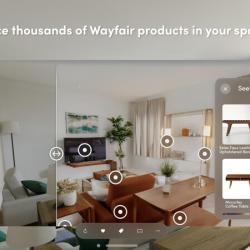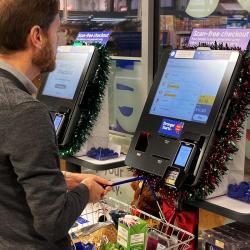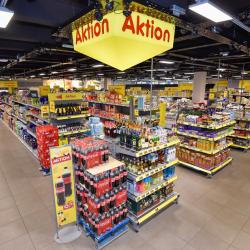Report • 13.02.2009
Barcodes and RFID: For efficient logistics
The logistics branch is currently battling with a long list of difficulties: severely fluctuating diesel prices, increasing toll charges, shorter driving times for drivers, more and more environmental zones...Trading centres are being pushed to the limit. They attempt to improve their transport routes. New logistic centres are developed. They try to combine the flow of goods through transfers at central points. In existing warehouses, major investments are made in new technology.
With such developments, huge amounts of data accumulate. From manufacturers to shipping companies, freight handlers, ports, various warehouses and finally, to the retail branches themselves - wherever goods are handed from one person to the next, data interfaces are produced which must match one another. Those who share information with others, however, make their business transparent to others. This restricts negotiations concerning conditions, and could well cause know-how to land in the wrong hands over at the competition.
At every port, containers, palettes, packages and items need to be re-registered. Logistics experts see the way forward in radio-frequency identification (RFID). Tests are being carried out, the first introductions are planned. Rewe aims to introduce RFID in all new warehouses. Metro is currently testing radio-frequency labels in a range of places.
“Wait and see what the big fish report back”, is the advice that Jörg Becker, Professor of Business Informatics and Information Management at the University of Munster has for small and medium sized companies. In an interview with Lebensmittel-Praxis, Becker stated: “Our studies have shown that clear investments will probably be made in the next five years, but I wouldn’t talk of an investment backlog just yet.”
In January, the automatic ID specialist Zebra Technology published a thesis on RFID. With this, the North American company aims to offer orientation for the market, whilst dispelling five common myths about RFID.
In the past, an array of false expectations concerning RFID technology were awakened,
says Andreas Rehsöft, Company Director of DTE Automation. In an interview with the magazine RFID im Blick, he explains that it is wrong for users to believe that RFID will solve all problems. Instead, it is much important to closely analyse process sequences. And this depends on the whole IT system.
Similar to past years, the next EuroCIS will provide the setting for a range of exhibitors to unveil their new RFID applications.
Barcodes will become smaller and two-dimensional
For the time being, however, barcodes remain the most important medium in identification systems. Barcodes are used to enable scanner reading of European Article Numbers (EAN), which were introduced in Germany in 1977. The 8 or 13 digit EAN is part of a master database containing more product information, such as details included on price labels, receipts and invoices. GSI Germany is the German organisation responsible for allocating EAN numbers and barcodes. Nowadays, EANs are used internationally. During 2009, they will gradually be replaced by the GTIN, or 'Global Trade Item Number'. As a result of this, the EAN and the North American UPC will combine to form one unit.
With the 'Data Bar', GS1 has introduced a smaller barcode. Like its big brother, it is also read horizontally. These are known as one-dimensional barcodes, or in short, 1D codes. More information can be saved on two-dimensional matrix codes, which store data on black and white modules arranged in squares. Deutsche Bahn uses large-scale versions of such codes for their online ticketing service. Miniature versions are printed on the address fields of letters and contain information on the letter, such as date, cost unit and postage paid. Concerning food products, the batch number or expiry date could be represented. A range of experiments are being carried out concerning this method, although the small 'data bar' is still ahead, interfering less with the packaging design and permitting adjustments to be made in order to fit onto smaller packages. Until now, however, many standard scanner units require more time to read ‘data bars’ and provide less accurate results than with EAN-8/13 barcodes.
Data created through RFID or barcodes must be fed into the stock control system. A further series of interface problems arise here. Intelligent software helps to analyse data quantities.
René Schellbach
iXtenso.com

